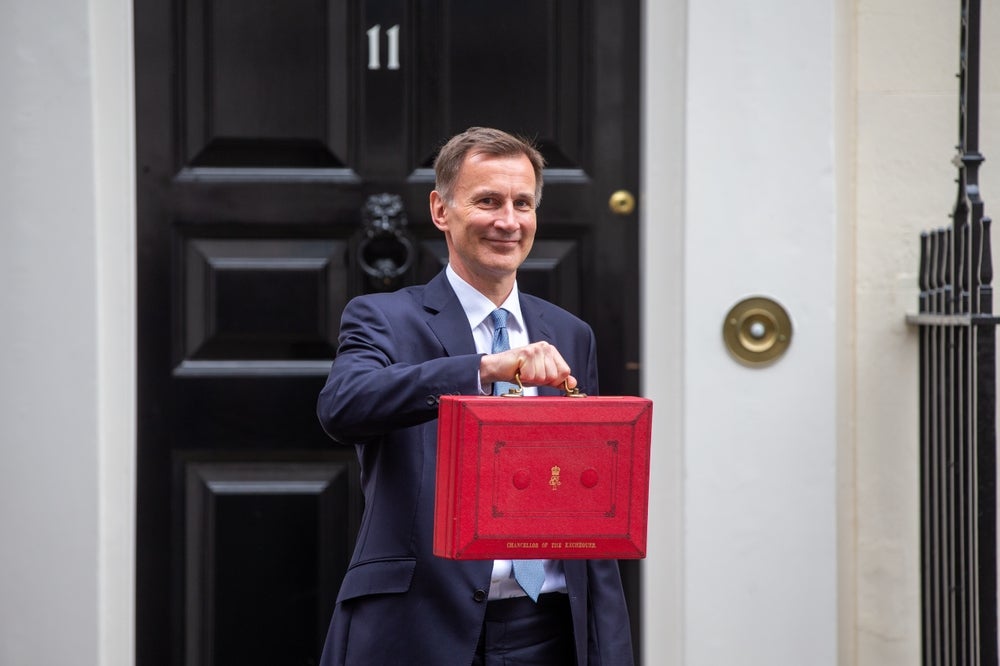chief executives are more eager than ever to focus on the strength
of their wealth management operations. A particularly key segment
for larger organisations such as Citigroup is the ultra-high net
worth, who are unlikely to be materially affected by such
weaknesses. Dan Jones reports.
While the sheer size of the sprawling Citi empire has provided
cause for concern over the past 12 months, leading CEO Vikram
Pandit to instigate a restructuring programme, its reach is also
key in servicing the needs of its billionaire clients.
 Akbar Shah, head of Megawealth, Asia-Pacific and region
Akbar Shah, head of Megawealth, Asia-Pacific and region
head for Singapore, Malaysia and Brunei at Citi Private Bank,
believes that Pandit’s changes are enabling it to improve its
offerings to these ultra-high net worth individuals (UHNWIs).
For Citi, a key part of this offering is its Megawealth programme,
which was piloted in Hong Kong in October 2007, where the team
served the North Asian market, before expanding Asia-wide. There is
consideration to roll the programme out in the other regions as
well.
Citi’s existing market credentials are good: the bank says its
client list already accounts for half of Asia excluding Japan’s
billionaires, as well as a quarter of those included on Forbes’
billionaire list. Assets under management at Global Wealth
Management Asia Pacific totalled $310 billion in the first half of
2008 versus a worldwide total of $1.66 trillion.
Setting its sights high
How well do you really know your competitors?
Access the most comprehensive Company Profiles on the market, powered by GlobalData. Save hours of research. Gain competitive edge.

Thank you!
Your download email will arrive shortly
Not ready to buy yet? Download a free sample
We are confident about the unique quality of our Company Profiles. However, we want you to make the most beneficial decision for your business, so we offer a free sample that you can download by submitting the below form
By GlobalDataCiti Private Bank has seemingly been rewarded for setting its
sights high.
The bank serves clients with a minimum net worth of $10 million
whereas clientele of the Megawealth segment have a minimum net
worth of $250 million.
Shah adds: “In reality we are working with clients who have a net
worth that is substantially higher than [$500 million].”
Citi’s Megawealth threshold is far in excess of the $30 million
UHNW used by Capgemini/Merrill Lynch in the World Wealth Report.
There are some 20,400 wealthy Asians with at least $30 million in
liquid assets, according to the report, but Shah’s prospective
client base is far smaller.
“If I had to give a number of billionaires for Asia – the Forbes
list has something like 200 – I would say you could probably
comfortably double that if you take private assets and so on,” Shah
comments.
Current key Megawealth markets for Citi include Hong Kong, Taiwan,
the Philippines, Indonesia and Singapore, with India and China and
seen as having “excellent potential” going forward.
China alone is thought to account for over a quarter of Asia’s
UHNWI population, and Shah adds: “There are a lot of billionaires
coming of age in China with every passing month. That is definitely
a target market over the next three to five years.”
Citi’s Megawealth offering is based around an integrated
proposition that shies away from labelling itself as private
banking pure and simple. The joint coverage model, combining both
private and investment banking capabilities, is intended to meet
clients’ personal and the corporate requirements.
“For the major names we look at what Citi as an institution can
offer, and if there is something we can’t find within Citi, we go
out and find it for them using our open architecture system,” adds
Shah.
Yet he acknowledges that there remained room for improvement in
this system before the turn of the year – and to this end he
believes Citi’s restructuring plan, as instigated by Pandit, has
had particular benefits for the mega rich.
“Vikram has taken a number of steps to improve the business,” Shah
says. “In the past, if [clients] wanted access to the investment
bank – yes, you got access, but it was not as smooth as it is
today. I think what we have done in the past six plus months has
been really very positive”.
In addition, Ajay Banga, Citi’s Asia-Pacific CEO who was appointed
by Pandit in March, is also stepping up coordination between
varying parts of Citi in Asia.
‘One Citi’
Shah notes: “He is managing the Asia business so that besides
product – private banking or wealth management – you also have one
senior person responsibly managing the franchise and ensuring that
the different parts of the organisation talk to each other and go
to clients as ‘One Citi’.”
In August, Banga announced a further realignment of Citi’s Asian
business, splitting the business into four regional areas – Japan,
North Asia, South Asia and Southeast Asia, which gives the local
management greater autonomy.
“I want the client not to have to navigate Citigroup. I want us to
navigate Citigroup and bring it together at the front end for
them,” Banga commented at the time.
This approach has long been a key goal for Citi, but the personnel
employed within the Megawealth division go some way to ensuring
this is a reality for very rich clients. The joint coverage model,
Shah states, means that private bankers will eventually be required
to be as capable in terms of investment banking capabilities, such
as M&A advisory and capital market fundraising, as they are in
their traditional fields.
Accordingly, Citi leaves little to chance when selecting which of
its bankers will serve its most valuable clients. The majority are
directors or managing directors with around two decades’ worth of
service. The idea, say Citi, “is not to experiment”, crucial as it
is to be able to both retain credibility with the client and
navigate effectively within the institution, something that
experience is best placed to provide.
The synergies involved in Citi’s mega-wealth proposition extend
beyond internal capabilities. Shah speaks of organising client
events that offer billionaire clients the chance to meet business
leaders and senior government officials from prospective investment
markets such as India, China and Dubai.
Yet Asian investment opportunities are not confined to
meet-and-greets, with co-investment opportunities particularly
popular among clients.
Shah says: “Clients like it because the bank does the necessary due
diligence on the opportunity, profiling it in terms of risk,
potential returns and other legal and regulatory issues. If a
solution is not suitable for our private banking clients, we won’t
even go there.
“We are using the investment bank in order to get the product
diversity and the product pricing. We are going right to the
trading floor to be able to look at these products.”
The sense is that UHNWIs’ understanding of the suitability a
long-term investment outlook also makes them less likely to be
dissuaded by recent volatility.
Asian investors understandably retain a significant interest in the
investment opportunities available to them in domestic markets.
Despite the falls in many Asian stock markets and inflationary
pressures seen in recent weeks and months, analysts are similarly
convinced of the potential, with September seeing both Citi and
Credit Suisse testifying to their belief in the resilience of
emerging markets relative to other economies.
Citi itself has now partnered with a number of institutions on a
series of tailored funds in Asia, launched across sectors such as
real estate and private equity, with the bank contributing up to 20
percent of a fund’s capital.
Other funds focus on infrastructure or distressed debt, with Citi
Private Bank also focusing on the possibilities offered by
industries with an interest in reacting to climate change and
changing energy requirements. Philanthropy, however, “is not one of
the burning desires in Asia in terms of structure, though there is
growing interest”.
With much of Asian wealth being held by first-generation
entrepreneurs, the rise of family office services has yet to match
that seen in the US and now Europe. Shah notes that clients are
typically more involved in their private banking affairs than
Western markets, but his unit has also prepared for the necessity
of future intergenerational transfers, establishing programmes to
discuss wealth management with the 20 to 30-year-old children of
clients.
Growth in private client families also fuels much of the expansion
of the Megawealth client base, along with referrals from existing
clients and of those who deal with Citi’s investment and corporate
banking divisions. But numbers remain low in real terms. The target
market is very limited and the scope of clients’ wealth is such
that “you only need a small fraction of new clients as compared to
the mass affluent businesses”.






